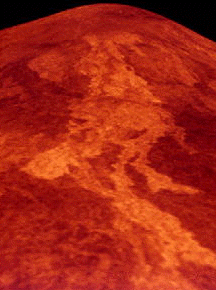This is an image of the Sif Mons on the planet Venus.
Click on image for full size
NASA
Sif
Scandinavian story-tellers spoke little about goddesses, who were
rarely the chief characters of their stories. Sif was the wife of the
mighty
Thor, the god of thunder. Sif was mostly cited for her conjugal
fidelity, which she symbolized. She bore two sons from Thor, Magni and
Modi, whose names respectively mean "strength" and "anger." The two sons'
names indicate characteristics that they inherited from their father.
Sif was also mentioned in relation to the malicious god Loki, who one day
cut Sif's long, blond tresses. When Thor discovered this, he was so angry at
Loki that he decided to punish him severely. Thor was renowned for his
extraordinary strength. He captured Loki and began to squeeze him ,threatening
to break his bones. Loki cried for mercy and promised to convince some
dwarfs to craft refined hair spun from gold which could flow
from Sif's head.
One of the volcanoes on the planet
Venus is named after the Norse goddess. Most of the planetary features of Venus are named after famous women
and goddesses pursuant to a decision of the International Astronomical
Union, the organization responsible for selecting names for all celestial
objects. The probable reason for naming the features of Venus according to
such criterion is because it's the only planet named after a goddess,
the
Roman goddess of love and beauty.
You might also be interested in:
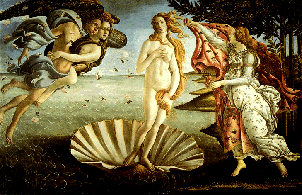
Venus was the goddess of love and beauty. To the perfection of her figure and the purity of her features she added an innocent grace. On her sweet face she always wore a smile.
...more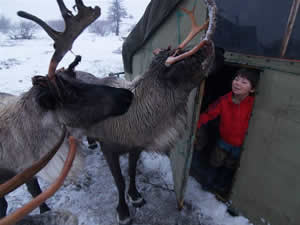
There are people of different cultures and backgrounds who live in the Arctic region. Read on to learn more about two of these cultures. Inuit The Inuit are the native cultures that continue to live on
...more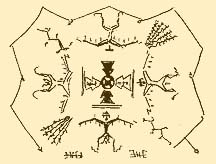
Ahsonnutli was the sky father and chief deity of the Navajo Indians. He created heaven, Earth, and the sky. Each of the four cardinal directions was supported by a giant. Each direction was also associated
...more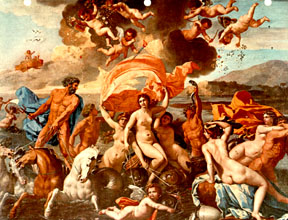
Amphitrite was one of the fifty Nereids, the attendants of the sea-god Poseidon. Poseidon (Neptune) had fallen in love with Amphitrite after seeing her dancing on the island of Naxos. Amphitrite rejected
...more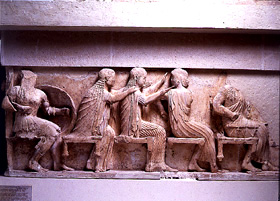
Aphrodite was the Greek goddess of love and beauty. She was known to the Romans as Venus. There were actually two different Aphrodites, one was the daughter of Uranus, the other the daughter of Zeus and
...more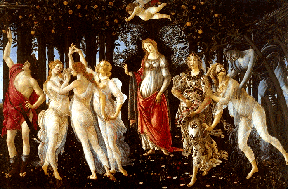
In Greek mythology, Apollo was the son of Jupiter(in Greek Zeus) and Leto (Letona). He was the god of the Sun, logic, and reason, and was also a fine musician and healer. Leto travelled all over Greece
...more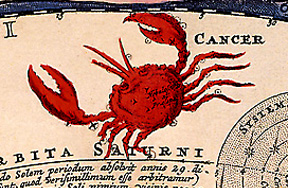
According to an ancient Greek legend, the figure of a gigantic crab was placed in the nighttime sky by the goddess Hera to form the constellation Cancer. Hera was the jealous wife of the sky god, Zeus.
...more


